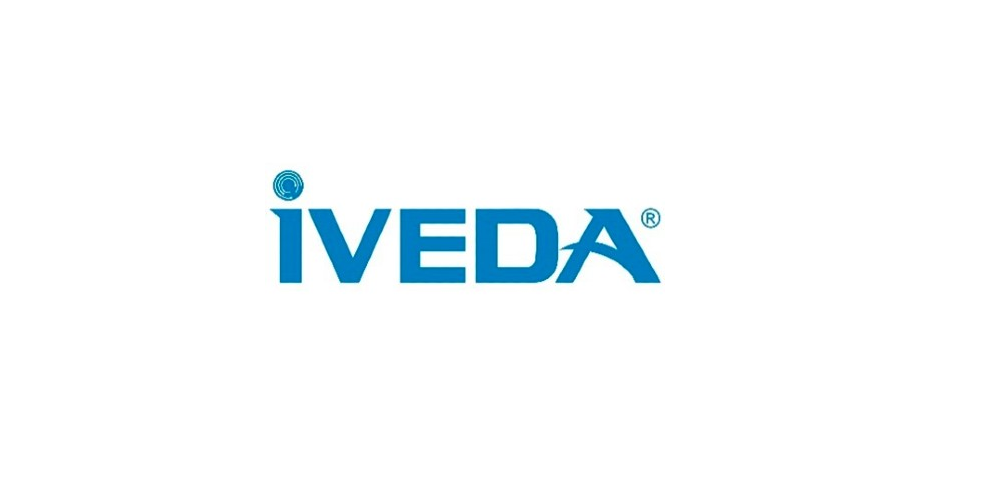The convergence: Iveda is on the frontline of using AI to change face of physical security
By Ken Showers, Managing Editor
Updated 2:16 PM CDT, Wed October 30, 2024

TEMPE, Ariz. — Iveda is leveraging artificial intelligence to elevate physical security, and thanks to some updates to its existing platform, providing new levels of functionality for users that are agnostic of hardware.
Take Colobarn, for example, a provider of colocation services to clients who need a way to safely and securely store their data. While cybersecurity remains a keystone in protecting sensitive data there's also a growing need to protect access to the sites that store that data, and for that, Colobarn turned to Iveda. Using its services, Colobarn was able to leverage IvedaAI on its existing security systems.
With video feeds tied into IvedaAI’s back end, the system can provide users with services like facial and license plate recognition (LRP), fire detection and even weapons detection. 
“Iveda is not what you think of video analytics, it’s true machine learning,” said founder and CEO David Ly.
That, he asserts, is what we’ve come to call the convergence, the blending of physical and cyber. In this case, it’s a showcase of tools meant to prevent incidents, or in lieu of that, investigate and identify the facts of an incident quickly.
One of the ways Iveda is doing that is through its VEMO Body Cam system, which just received updates allowing it to access the IvedaAI platform and its features.
“We're very excited about the VEMO body cameras,” Ly said. “You and I both know in the security world body cameras are nothing special and new, especially today, right? Maybe back in ‘06 or something. But, what makes the VEMO body camera unique is that beyond just having the traditional mobile video needs, (there is) real-time streaming capabilities through cellular data and GPS for added safety and location services. Our VEMO also has over IP network connectivity, a push-to-talk capability – kind of like those of us who remember the old Nextel era of push-to-talk radios and cell phones.”
Those cameras, now tied into the IvedaAI backend, are also tied into the customer’s environment or hosted on the AvedaAI cloud, giving users access to intelligent support instead of just a mobile recording device. Tied to an individual, this camera can now use the AI to recognize the environment in front of it. Ly said that means a second set of eyes, looking for missing children, persons of interest or suspicious activity.
“IvedaAI can be taught to recognize anything a human would be able to identify,” he said. “That's the unique strength of the technology. It's beyond the traditional DVR and VR built in analytics and is what makes it beautiful is that it is designed to be applied on all existing infrastructure, despite what brand.”
AI has really started to “connect the dots” between cyber and physical security, Ly says.
“For example, something physical has to actively break into something that is on the network,” he said. “You do that either remotely or you do that on site. There are incidents where an unauthorized access by humans or guess what, by drones today, right? Drones are flown over our building, and it seeks out Wi-Fi connectivity and then it starts sniffing. The oldest trick in the trade. Now, instead of a human, a drone can do that. But AI cameras can now detect this drone activity, and it's happening on the rooftops of these buildings or surrounding areas of the buildings. That is considered an early detection, or if it was too late, at least physical security now has a tool or record that can identify the potential physical threats or risks of what caused the cyber incident in the first place.”
Comments